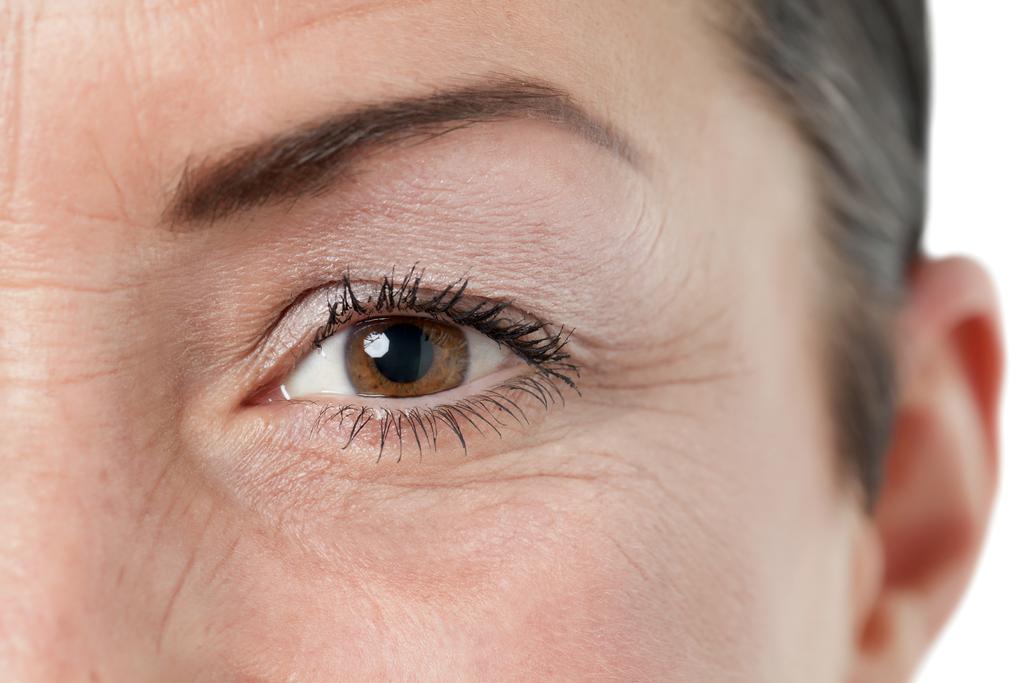Dehydration lines that may appear on the skin of the face are often observed as fine, superficial lines. These lines are usually much more visible when the skin is tense or during certain facial expressions, such as smiling. While their appearance usually harms the appearance of the skin, the important thing to highlight is that dehydration lines are temporary and reversible.
Their origin is related to the lack of hydration in the skin, which can be resolved by using a moisturizer or serum. A less obvious fact that distinguishes dehydration lines from wrinkles is that dehydration lines are related to other characteristics of the skin. That is why you should be attentive when the skin feels tight and rough to the touch.
In addition to reinforcing skin hydration with cosmetic products such as facial moisturizers, the amount of liquid ingested should also be reviewed. Changing this habit and incorporating more water will help the general well-being of the body and the skin of the face.
Characteristics of wrinkles
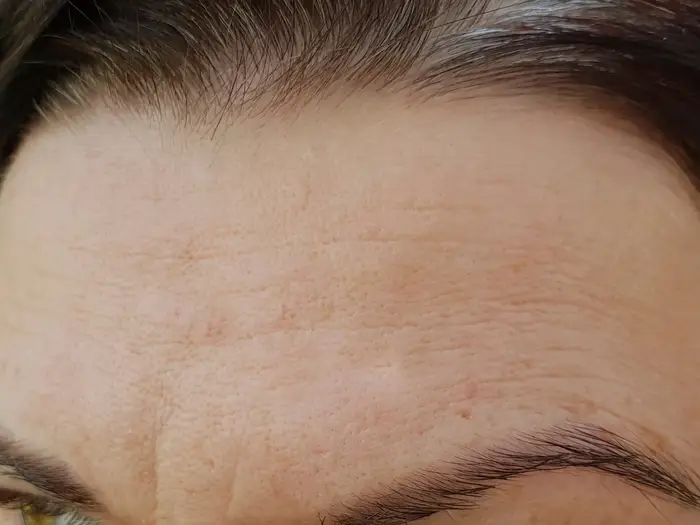
Facial skin wrinkles are much deeper folds than dehydration lines. Wrinkles begin to appear over time and with the loss of the skin’s natural collagen and elastin. Its origin is multifactorial since although natural aging is the main factor, wrinkles worsen with factors such as excessive sun exposure without the necessary care. It should also be taken into account that genetic factors and repetitive facial expressions also influence the appearance or worsening of wrinkles.
Skin with these characteristics feels flabbier and less elastic. Although the treatment for this condition is difficult, as they are very difficult to eliminate, there are currently permanent aesthetic treatments to reduce the appearance and delay the onset. Among these treatments, Botox injections and cosmetic surgery can be mentioned, procedures that should always be performed by a certified medical professional.
How to differentiate wrinkles from dehydration lines
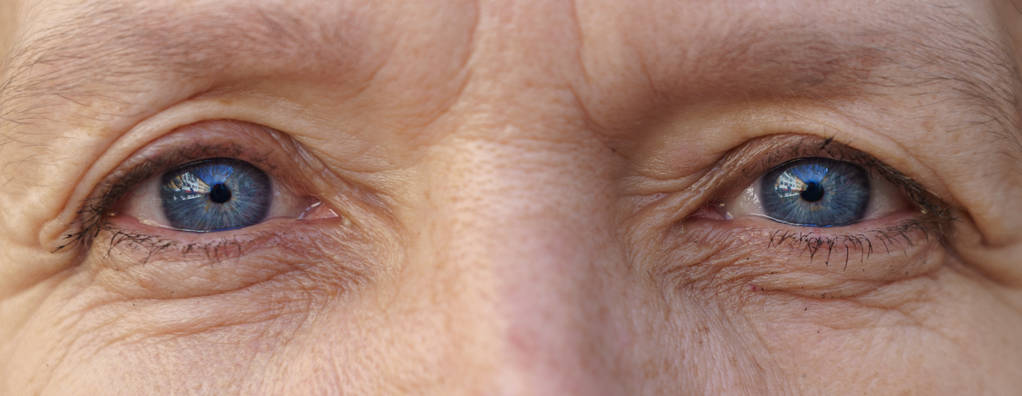
Making small changes to our facial care routine can help distinguish wrinkles from dehydration lines. First, a skin hydration step can be incorporated. If the texture and sensation improve when hydrating, it is likely that they are dehydration lines. If by incorporating this step the appearance of the facial skin does not improve, then, the difficulty persists in smoothing these lines and their appearance is that of deep lines, we are surely facing wrinkles.
A final indicator is the duration of their appearance. Dehydration lines improve with small changes and may disappear over time. Wrinkles tend to be permanent.
Treatments for Wrinkles and Dehydration Lines
Hydration and Nutrition
- Internal hydration: Drinking plenty of water throughout the day is essential for maintaining skin hydration from within. Herbal teas and infused water can provide refreshing alternatives.
- Topical hydration: Using serums and moisturizers enriched with hyaluronic acid, glycerin, and ceramides helps to retain moisture in the skin’s surface layers, improving elasticity and softness.
- Skin nutrition: Incorporating antioxidant-rich foods like fruits and vegetables into your diet helps protect the skin from oxidative damage caused by free radicals.
- Skin barrier: Strengthening the skin barrier with products containing natural lipids, such as ceramides and plant oils, helps prevent transepidermal water loss.
Aesthetic Procedures
- Dermal Fillers: These injectable products, based on hyaluronic acid or collagen, are used to fill wrinkles, increase volume, and restore facial contours.
- Botulinum toxin (Botox): By relaxing facial muscles, botulinum toxin reduces the appearance of dynamic wrinkles, such as frown lines and crow’s feet.
- Laser resurfacing: This technique utilizes a laser to remove the damaged surface layers of the skin and stimulate collagen production, improving skin texture, tone, and luminosity.
- Chemical peels: Using acids, chemical peels remove dead skin cells and stimulate cell renewal, which can improve the appearance of fine wrinkles and blemishes.
- Microdermabrasion: This non-invasive abrasive procedure removes dead skin cells from the surface of the skin, smoothing texture and reducing the appearance of scars and fine lines.
- Thread lifts: These absorbable threads are inserted beneath the skin to lift and tighten facial tissues, improving sagging and deeper wrinkles.
- Radiofrequency: This technology uses radiofrequency waves to heat the deeper layers of the skin, stimulating collagen and elastin production and improving firmness and elasticity.
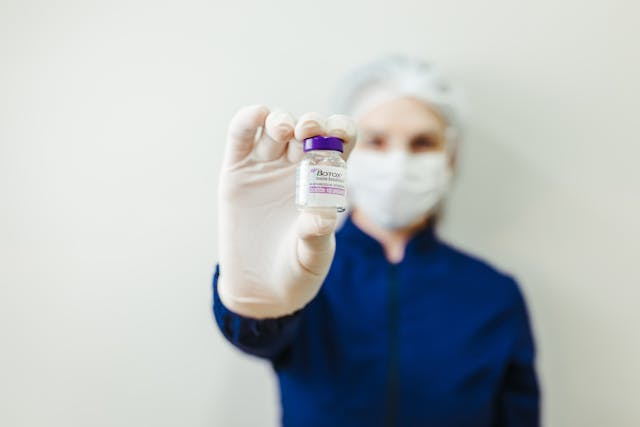
Additional Considerations
- Sun protection: Daily use of a broad-spectrum sunscreen with an adequate SPF is essential to prevent sun damage and premature skin aging.
- Healthy lifestyle: Sufficient sleep, a balanced diet, regular physical activity, and stress management contribute to healthier and younger-looking skin.
- Consultation with a dermatologist: A dermatologist is the most qualified professional to assess your skin, diagnose any issues, and recommend the most suitable treatment for your individual needs.
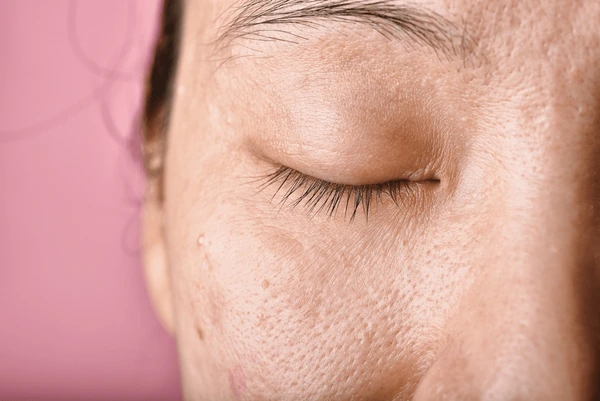
In summary, treating wrinkles and dehydration lines involves a combination of home care and professional treatments. The choice of treatment will depend on the type of wrinkle, the extent of the damage, and individual preferences. It is important to remember that results may vary and a personalized approach is key to achieving healthier, younger-looking skin.
